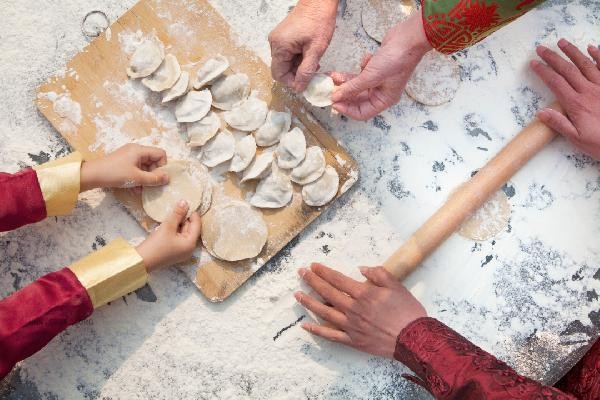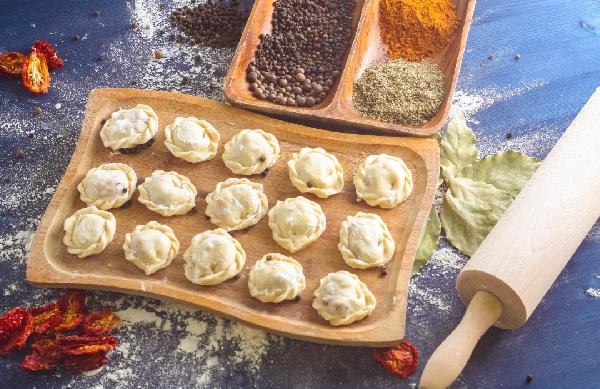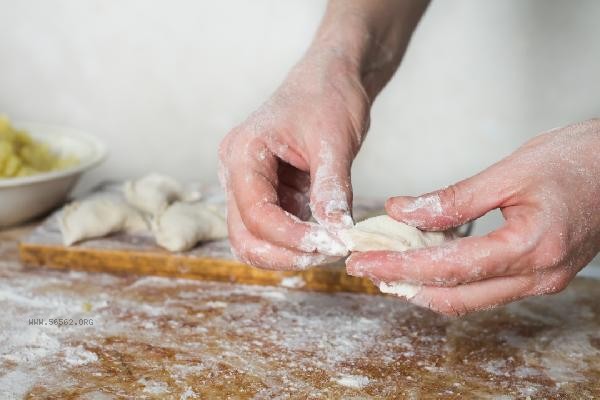The key to avoiding cracking when cooking frozen dumplings is to control the water temperature, water volume, and mixing method. There are five tips: sufficient water, cold water in the pot, slow cooking over low heat, light stirring to prevent sticking, and cooling with water.

1. Adequate Water
When cooking frozen dumplings, a deep pot should be used and sufficient water should be added. The amount of water should exceed three times the volume of the dumplings. Adequate water supply can ensure stable water temperature and prevent rapid expansion and cracking of the dumpling dough due to local high temperatures. It is recommended to use larger diameter cookware to ensure sufficient rolling space for dumplings.
2. Put the frozen dumplings in cold water and heat them directly by boiling. Slow heating of cold water can evenly thaw the dumpling skin from the outside to the inside. If boiling water is added to the pot, it will cause the outer skin to soften instantly while the filling remains frozen. The difference in expansion pressure can easily cause the dumpling to crack. This method is particularly suitable for frozen dumplings with thin skin and large filling.
3. Slow boil over low heat
After the water boils, it needs to be adjusted to medium low heat to maintain a slight boiling state. The boiling of a large fire can generate intense water flow, which may damage the structure of the dumpling skin. Keeping the water temperature around 90 ℃ can gradually gelatinize the starch and form a flexible and elastic dough. After observing the dumplings floating, continue cooking for two minutes.
4. Gently stir to prevent sticking

During the initial stage of cooking, use a wooden spoon to gently push along the edge of the pot to prevent sticking to the bottom. The movement should be gentle to avoid scratching the dumpling skin with the spoon edge, and the stirring direction should be consistent. After the protective film is formed on the surface of the dumplings, stirring can be stopped. At this time, the starch layer can effectively isolate the high temperature at the bottom of the pot.
5. Cool down with some water
After the water boils, add half a bowl of cold water in two portions. The first time is to add it when the dumplings first float, and the second time is to add it after boiling again. A little water can briefly lower the water temperature, allowing the dumpling wrappers time to shrink and adjust, avoiding excessive expansion and rupture caused by continuous boiling.
In addition to the above methods, when purchasing, pay attention to the thickness of the dumpling skin and the ratio of the filling. Dumpling skins that are too thin are more prone to cracking. Before cooking, there is no need to thaw. Simply placing it in a frozen state can better maintain its shape. Before consumption, a small amount of cooking oil can be added to increase the smoothness of the dumpling surface. If some dumplings are found to have slight cracking, you can immediately reduce the heat and add a small amount of salt to enhance the gluten toughness. When storing, pay attention to sealing and preventing freezing damage. The probability of cracking during cooking of frozen dumplings will significantly increase.









Comments (0)
Leave a Comment
No comments yet
Be the first to share your thoughts!